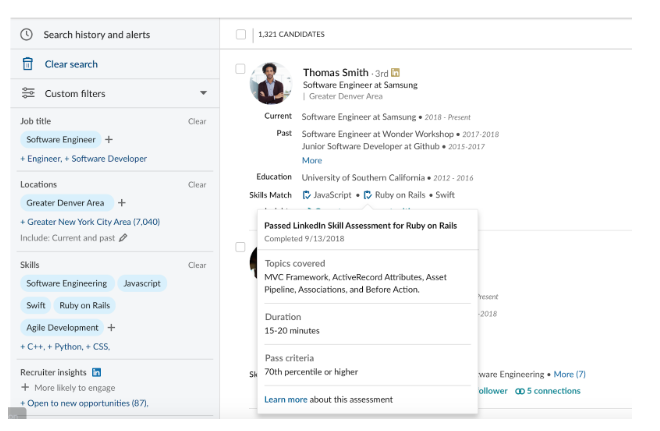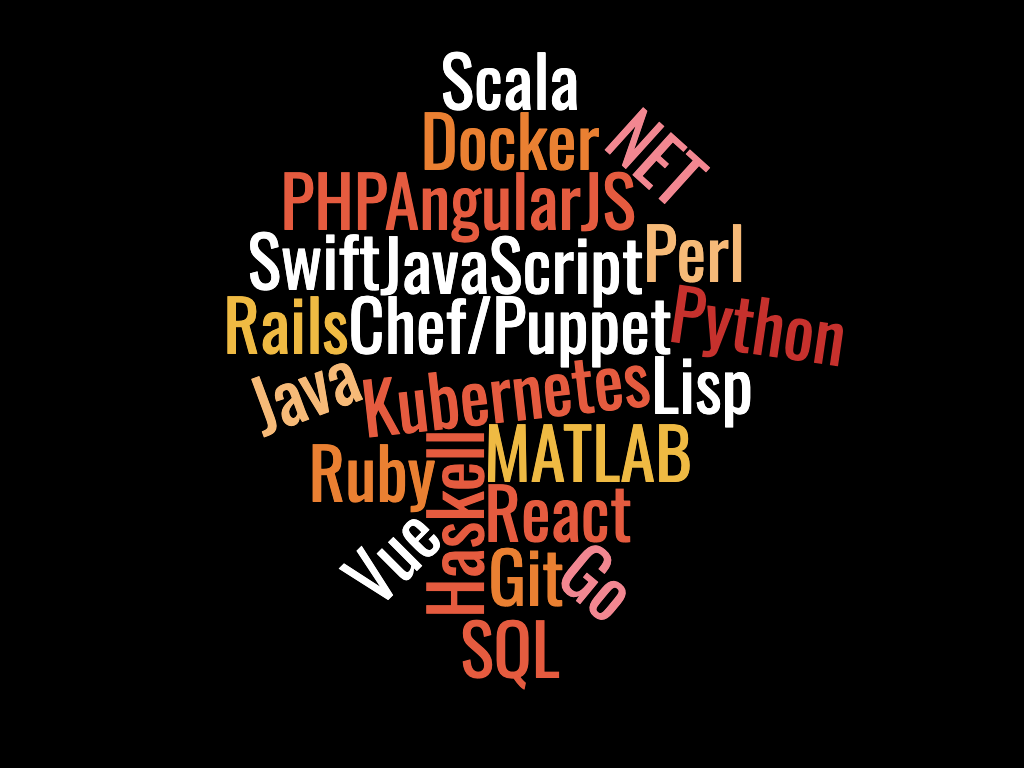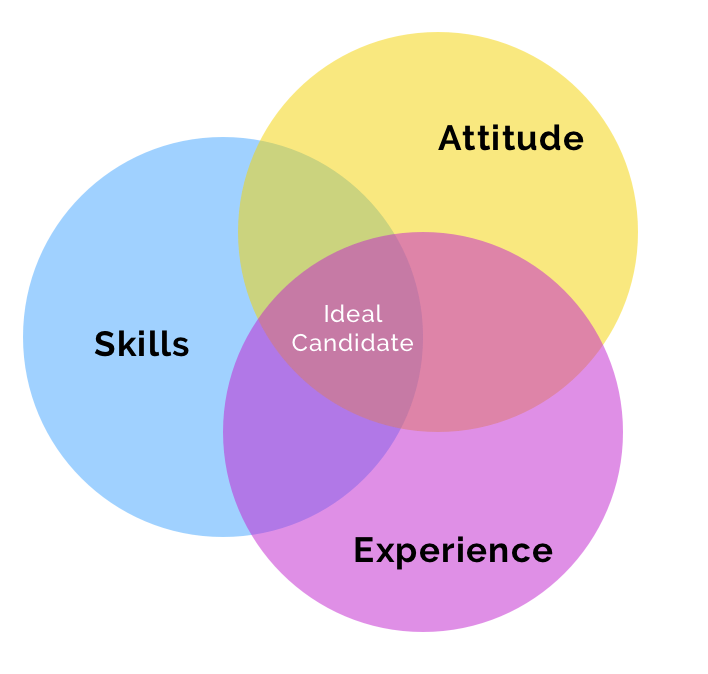
Our collection of knowledge, best practices, and tips we’ve learned over the past 15 years.
As companies adopt more flexible remote working practices, and allow for more full-time remote roles, recruiting teams all the sudden can expand their geographic pool to...everywhere in the world. But global recruitment all the sudden doesn’t make things easier, it actually makes them harder, a lot harder. Targeting is much more difficult as talent acquisition teams have more job boards to learn and post. Candidate messaging, approaches, and recruitment strategies vary across regions and cultures. Screening practices also vary widely by regions and cultures, the nuances of which take a long time to learn.
Clicking the box “The Entire World” on LinkedIn Recruiter just isn’t going to get the quality candidates you need in a convenient way.

Global recruiting is hard enough when you fully understand the job requirements and roles, such as an accountant, marketer, or sales position. Many recruiters and talent acquisition professionals are not software developers and job reqs coming from the engineering teams don’t even seem like they’re in english.
Can you find someone experienced in using source control for Spring, Hessian, and JMS paired with an understanding of OOP concepts and MVC architecture? What does that even mean?

It’s hard enough just to find these folks never mind pre-screen them and feel confident about handing qualified candidates over to your technical hiring managers.
This is where Admios can help.
Over the last 15 years, Admios has worked with a lot of talent acquisition, recruitment, and engineering teams. Our goal is not to tell you how to recruit, but rather to mimic, shift, and fit your existing process to make it easier for you to find, screen, and hire technical talent.
There are many types of engineering recruiting processes we’ve worked with over the years and we’ve learned a lot about the value and pitfalls of each:
1. Unconscious bias built into the exam that weeds out diverse candidates
2. It’s hard for an exam to reflect the actual daily work of a developer so often times they focus on more general programming challenges that may or may not be relevant to the product or tech stack.
We understand that there are good reasons to have some or a mix of these strategies in your recruitment process and there are legit values for some options mentioned above. We will learn what works for you and add a layer of technical expertise to help you avoid the many pitfalls and time sucks for technical talent acquisition.
Our goal is to help you quickly find qualified candidates and efficiently get those candidates hired without wasting too much of you or your engineering team’s time.
We get it, engineering lingo is confusing. But that doesn’t mean your recruitment strategy should be a resume word search. On top of that, engineering lingo changes quickly, the difference between senior and junior developers is vague and varies from company to company, and nothing in industry is standardized.

Admios helps TA teams translate the JDs and requirements coming from your hiring managers into actionable strategies you can act on. We then mimic your recruitment process to find the right developer for your team. We’ve been doing this for 15 years and have the expertise to find high quality talent that meets your technical and cultural requirements in 2 - 3 weeks.
And we aren’t just about staffing short-term, butts-in-seat candidates like some marketplaces out there. We learn what types of engineers have been successful at growing over the long term at your company so you get an invaluable team member for the long term.
Over the years we’ve learned that a developer performs in the right context for your team. Finding that diamond in the rough is often a blend of the right skills, experience, passion, and personality that aligns with your company, product, team, and culture.

If you’re struggling with hiring technical talent, we’d love to chat to tell you about our experience and see if we can help get the talent you need quickly.